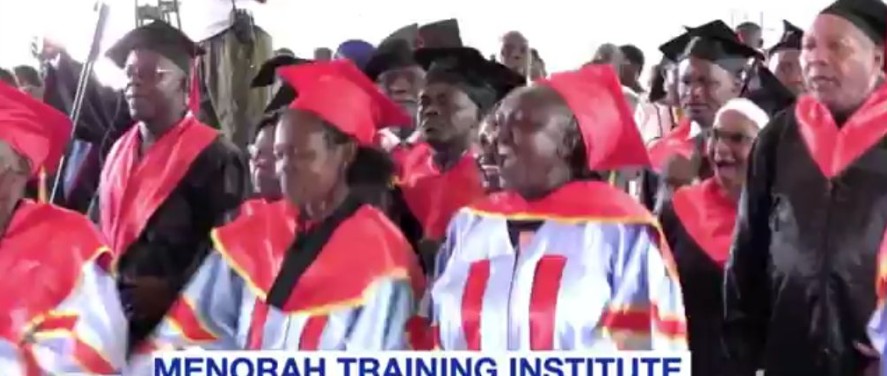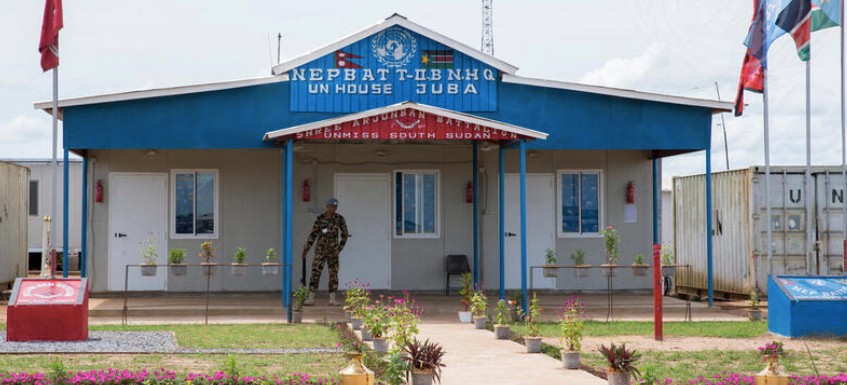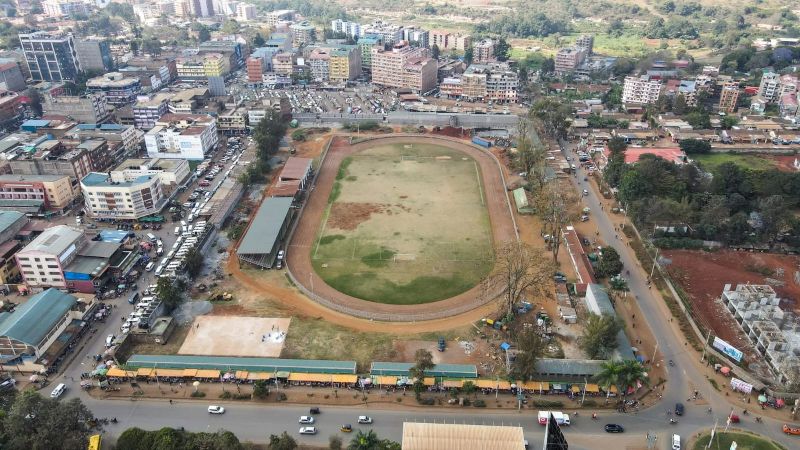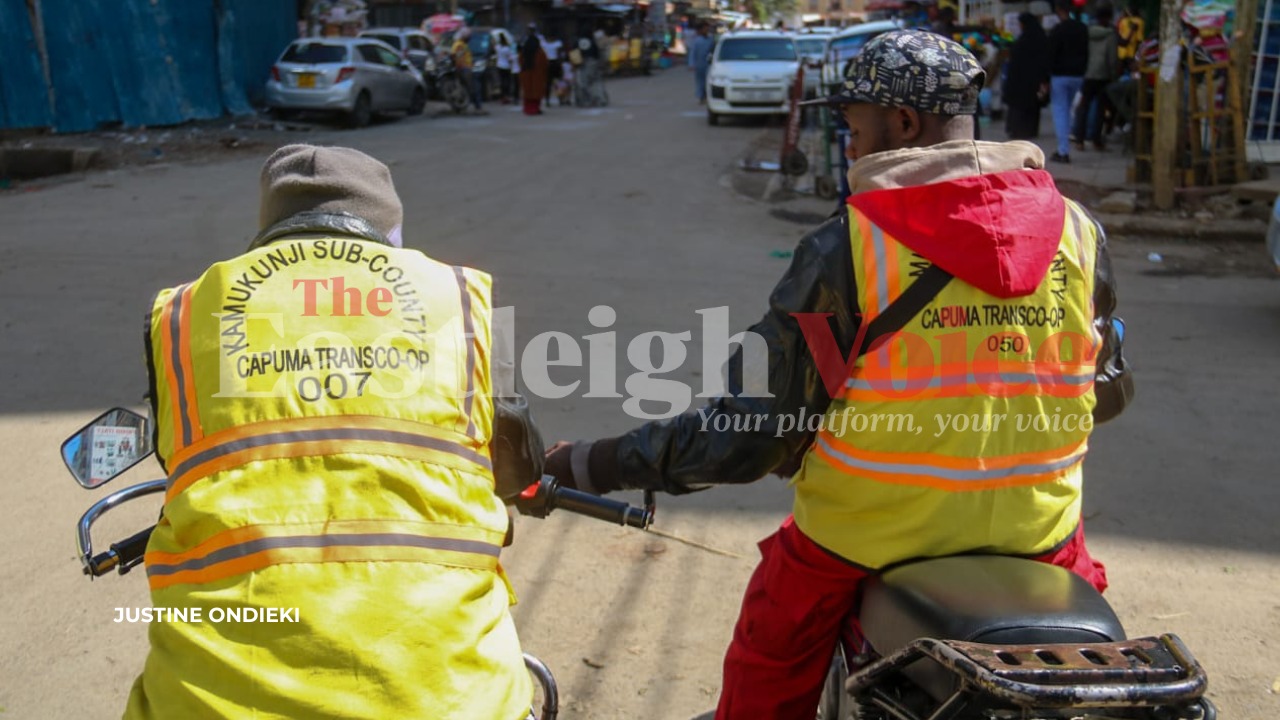Suicide drones were used to attack Sudan's Gedaref town
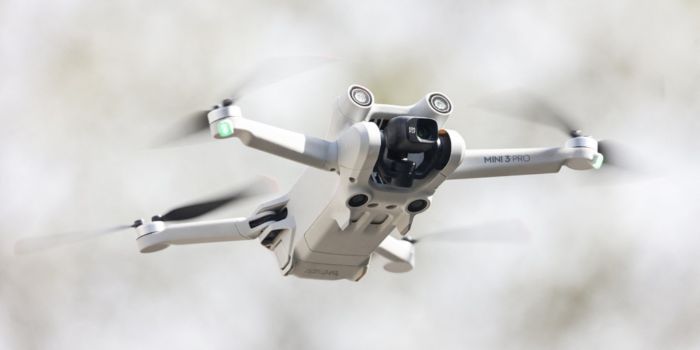
A security source confirmed that these suicide drones were Chinese-made, modelled after the Iranian Shahed 136 plane.
Drones used in Tuesday's attack on military sites in Gedaref, Sudan, have been identified, according to exclusive information obtained by the Sudan Tribune.
A security source confirmed that these suicide drones were Chinese-made, modelled after the Iranian Shahed 136 plane.
More To Read
- UN chief alarmed by drone strike killing over 30 Sudanese civilians
- Sudan war: Aid teams say deal struck to reach stricken El Fasher
- UK sanctions Sudan’s RSF commanders over atrocities amid ongoing conflict
- All we want for Sudan is peace, say children fleeing violence
- Sudanese herders struggle to safeguard livestock amid devastating war
- ICC sentences Sudanese militia leader Ali Kushayb to 20 years for Darfur war crimes
The drone attack rocked the border city of Gedaref, targeting the headquarters of the General Intelligence Service and an army site.
Gedaref, located near the Ethiopian border, has become a haven for over 400,000 displaced people fleeing violence in Khartoum and Gezira states.
The Sudan Tribune reported that the Sudanese 2nd Infantry Division's anti-aircraft defences successfully shot down a second drone near the Gedaref Model School and that another targeting the National Service headquarters met the same fate.
A witness in Gedaref reported "loud anti-aircraft fire" from the army, while another said there was an increased military presence in the city as "shops shut down" for fear of escalation.
By Tuesday afternoon, state governor Mohammed Abdelrahman said "the situation is now safe and stable," adding in a statement that "security services will mobilise" across the state.
In Al-Faw, 150 kilometres to the west, a military source said "a drone had bombed" an army division, requesting anonymity as they were not authorised to speak to the media. Al-Faw is only 25 kilometres east of the front line between the army and the paramilitaries.
These drones, or unmanned aerial vehicles (UAVs), lack cameras and are pre-programmed with target coordinates.
They boast a flight range of approximately 1,500 kilometres and can fly for over six hours at speeds up to 180 kilometres per hour, enabling launches from long distances.
Operating at relatively low altitudes, between 100 and 700 metres, they can reach a maximum altitude of 1,500 metres to execute attacks.
Equipped with communication devices, their functionality is not dependent on them, making them less susceptible to jamming devices.
However, they can be targeted by jamming the GPS, according to the security source.
Previously, a similar drone struck a building where extremist Sudanese militants, aligned with the army, were gathered, though no group has claimed responsibility for these attacks.
War continues
The attack came amid fighting for almost a year between Sudan's regular army, which is backed by the government and state security apparatus, and the paramilitary Rapid Support Forces (RSF).
Eastern Sudan had until now been considered a safe haven for millions of civilians displaced from Khartoum and other battlegrounds.
According to the latest figures from the United Nations (UN), nearly half a million people are sheltering in Gedaref state alone.
North of Gedaref on the Red Sea, the city of Port Sudan has become a makeshift headquarters for government ministries loyal to the army command. The port city has also become the base for UN relief efforts.
Nearly all aid coming into Sudan, where famine has all but taken hold and disease outbreaks are on the increase, flows through the east.
In Al-Jazira state, Sudan's pre-war breadbasket where witnesses have reported increased clashes, the army has "made progress" towards the state capital, Wad Madani, a military source said early Tuesday.
The RSF has had nearly uncontested control of the state since last December, when the army withdrew in the face of advancing paramilitaries.
In the vast western region of Darfur, also nearly entirely controlled by the RSF, witnesses reported army air strikes on three state capitals: Nyala, Al-Daein and El Fasher.
Both sides have been accused of war crimes, including the indiscriminate shelling of residential areas.
A UN expert report released last year determined that the army in Darfur was "not only unable to protect civilians but also used aerial bombing and heavy shelling in urban areas," often resulting "in the heaviest losses of civilian life."
Since last April, the fighting has killed many thousands, including up to 15,000 in one Darfur town, and displaced 8.6 million people.
Reports by The Eastleigh Voice Foreign Reporter and AFP
Top Stories Today
